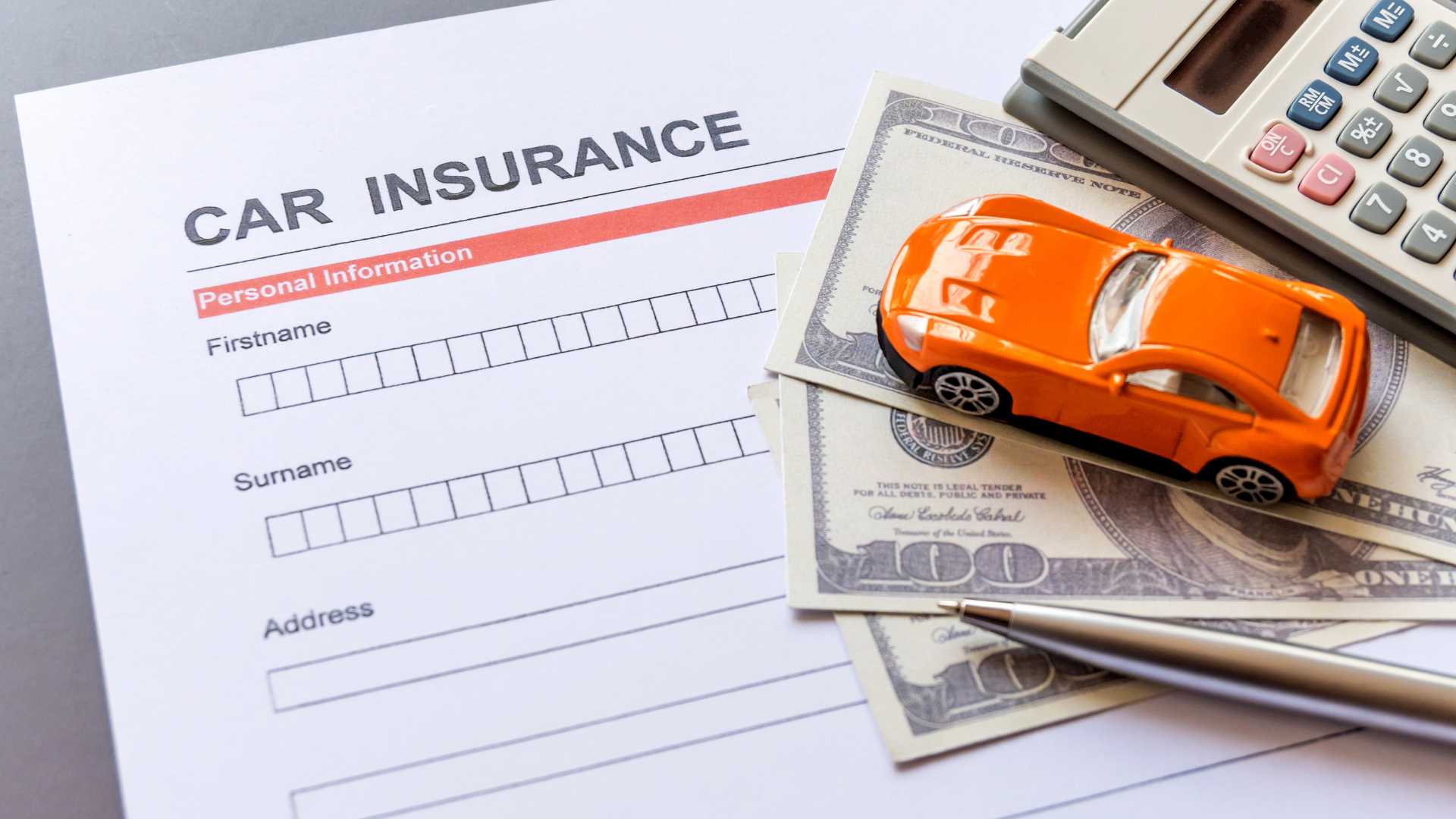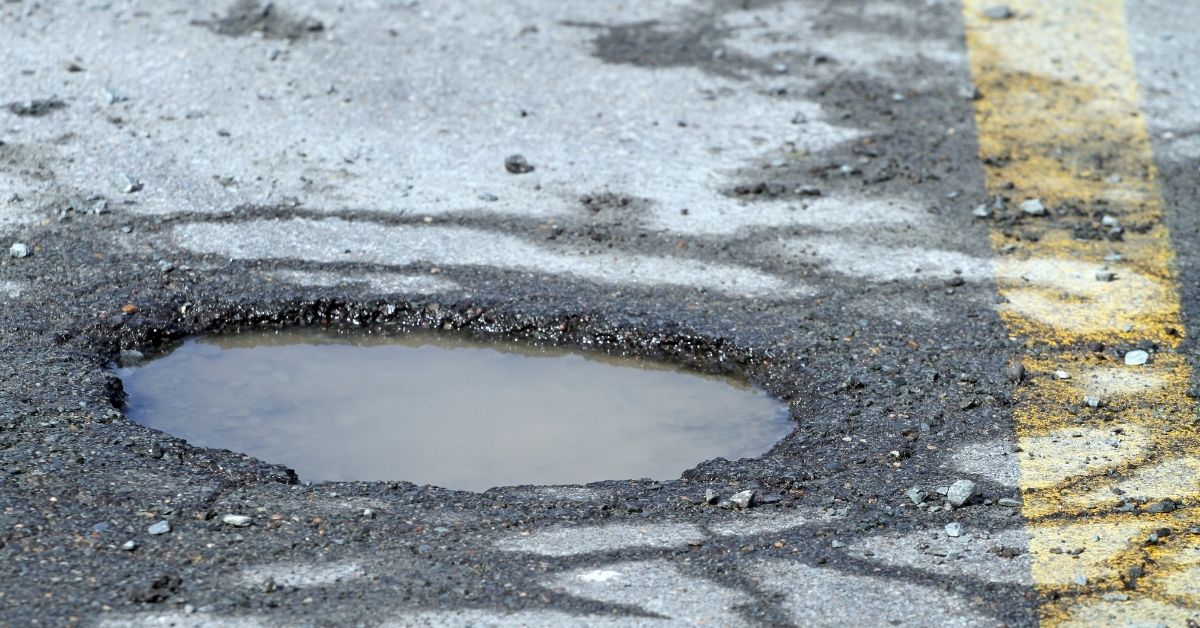Understanding Car Insurance Coverage After a Car Accident

Car accidents are a common occurrence on the road. They can be a traumatic experience for everyone involved. Typically physical injuries and emotional distress occur. Not to mention car accidents can also lead to financial losses due to damage to vehicles and property. This is where car insurance coverage comes into play. Understanding car insurance coverage after a car accident is crucial. Not to mention it helps ensure that you are adequately protected and receive the compensation you deserve.
Types of Car Insurance Coverage
Before we delve into understanding car insurance coverage after a car accident, let’s first take a look at the different types of car insurance coverage that are available.
Liability Coverage
Liability coverage is a mandatory type of insurance that covers damages or injuries you cause to others in an accident. It typically includes bodily injury liability and property damage liability. Bodily injury liability covers the medical expenses and lost wages of the other party if they are injured in the accident. While property damage liability covers the cost of repairing or replacing the other party’s vehicle or property.
Collision Coverage
Collision coverage pays for damages to your vehicle caused by a collision with another vehicle or object.
Comprehensive Coverage
Comprehensive coverage covers damages to your vehicle that are not caused by a collision, such as theft, fire, vandalism, or weather-related incidents.
Personal Injury Protection (PIP)
PIP covers medical expenses, lost wages, and other expenses for you and your passengers in case of an accident, regardless of who is at fault.
Uninsured/Underinsured Motorist Coverage
Uninsured/Underinsured motorist coverage provides coverage for damages and injuries caused by a driver who does not have enough insurance coverage to pay for the damages they caused.
Understanding Car Insurance Coverage After a Car Accident
Now that we understand the types of car insurance coverage let’s take a look at how they come into play after a car accident.
Liability Coverage
If you are at fault in an accident, your liability coverage will kick in to cover the damages or injuries you caused to the other party. The amount of coverage you have will depend on your policy limits. These limits are typically expressed as two numbers separated by a slash (e.g., 50/100). The first number represents the maximum amount of bodily injury liability coverage per person. While the second number represents the maximum amount of bodily injury liability coverage per accident. For example, if you have a 50/100 liability policy and are at fault in an accident that injures two people, your policy will cover up to $50,000 per person and up to $100,000 for the entire accident.
Collision Coverage
If you have collision coverage and are at fault in an accident, your insurance company will pay for the damages to your vehicle, minus your deductible. Your deductible is the amount you have to pay out of pocket before your insurance coverage kicks in. For example, if your deductible is $500 and the total cost of the damages to your vehicle is $5,000, you will have to pay $500. Your insurance company will pay the remaining $4,500.
Comprehensive Coverage
If you have comprehensive coverage and your vehicle is damaged by something other than a collision, such as theft, fire, or vandalism, your insurance company will pay for the damages, minus your deductible. The same principle applies as with collision coverage.
Personal Injury Protection (PIP)
If you have PIP coverage and are injured in an accident, your insurance company will cover your medical expenses. Additionally PIP should cover lost wages, and other expenses, up to the limit of your policy. PIP coverage is often referred to as “no-fault” coverage because it pays out regardless of who is at fault in the accident.
Uninsured/Underinsured Motorist Coverage
If you are in an accident with an uninsured or underinsured motorist, and they are at fault, their insurance coverage may not be sufficient to cover the damages they caused. This is where uninsured/underinsured motorist coverage comes into play. If you have this type of coverage, your insurance company will cover the damages and injuries caused by the other driver, up to the limit of your policy.
It is important to note that not all states require uninsured/underinsured motorist coverage, so it is important to check your state’s requirements and consider adding this coverage to your policy if it is not mandatory.
Will My Insurance Increase After a Car Accident?
Car accidents can be a stressful and expensive experience. In addition to physical injuries and property damage, car accidents can also lead to an increase in your insurance premiums. In California, insurance companies use a variety of factors to determine the cost of your insurance. Including your driving record, age, and the number of accidents you have been involved in. As a result, it is important to understand how a car accident may impact your insurance rates.
If You Were At Fault
If you were found to be at fault for the accident, it is likely that your insurance rates will increase. Insurance companies use a system of points to assess the risk of insuring a driver. Accidents are considered a major factor in determining risk. Drivers who have been involved in accidents are considered to be higher risk, and as a result, may see an increase in their insurance premiums. The severity of the accident, the amount of damage caused, and the number of people involved can also impact the increase in your premiums.
If You Were Not At Fault
On the other hand, if you were not at fault for the accident, your insurance rates may not be impacted. California is an at-fault state. Which means that the driver who is found to be at fault for the accident is responsible for the damages. If the other driver is found to be at fault, their insurance will typically cover the damages. Typically this means your rates may not be affected. However, it is important to note that insurance companies may still review your driving record and adjust your rates based on your overall risk level.
Steps to Take After a Car Accident
If you are involved in a car accident in California, there are several steps you should take to ensure that you are adequately protected. Additionally you will want to follow these steps to make sure you receive the compensation you deserve. The first step is to check for injuries and call 911 if necessary. Next, you should then exchange information with the other driver. After that, you should contact your insurance company as soon as possible. This is to report the accident and file a claim. It is important to cooperate with the investigation. This typically includes providing any information or documentation that your insurance company or the other driver’s insurance company may request. Finally, it may be necessary to seek legal advice from a personal injury attorney.
Contact a Los Angeles Personal Injury Attorney
If you have been injured in an accident, it is important that you contact a personal injury lawyer today. Our personal injury lawyers at B|B Law Group have over 30 years of experience in personal injury claims and can help you get the maximum compensation for personal injury claim.
B|B Law Group – Personal Injury Lawyers
At B|B Law Group, our goal is simple: preserve and protect the legal rights of the people of Southern California. Our award winning team of attorneys are experienced in the fields of personal injury, employment and habitability law, and it is our mission to provide our clients with the best legal representation.
If we don’t win, you don’t pay
If your case isn’t successful, you have our guarantee that you won’t have to pay for anything. No hidden fees, costs, or conditions — that’s our promise.


